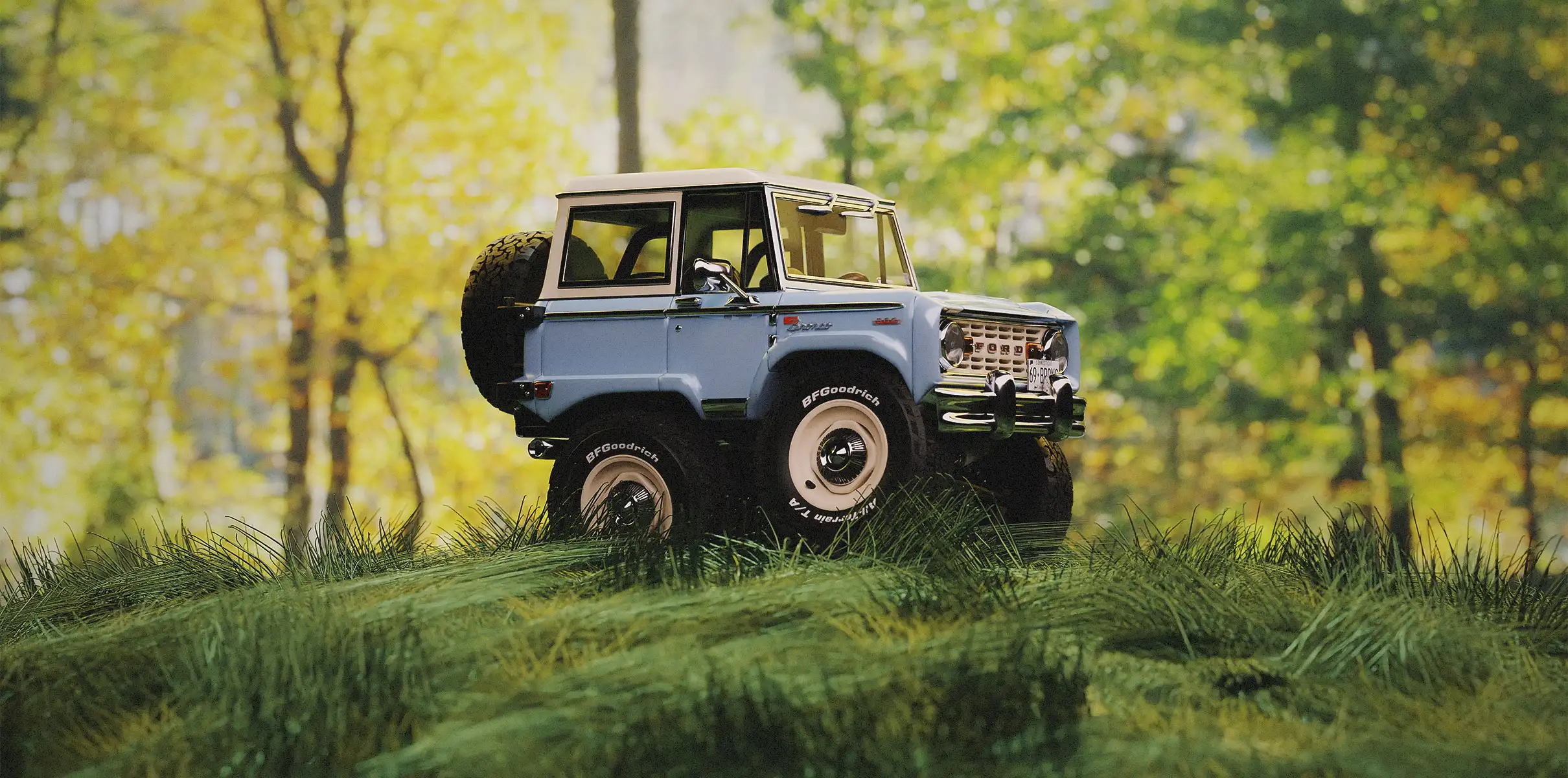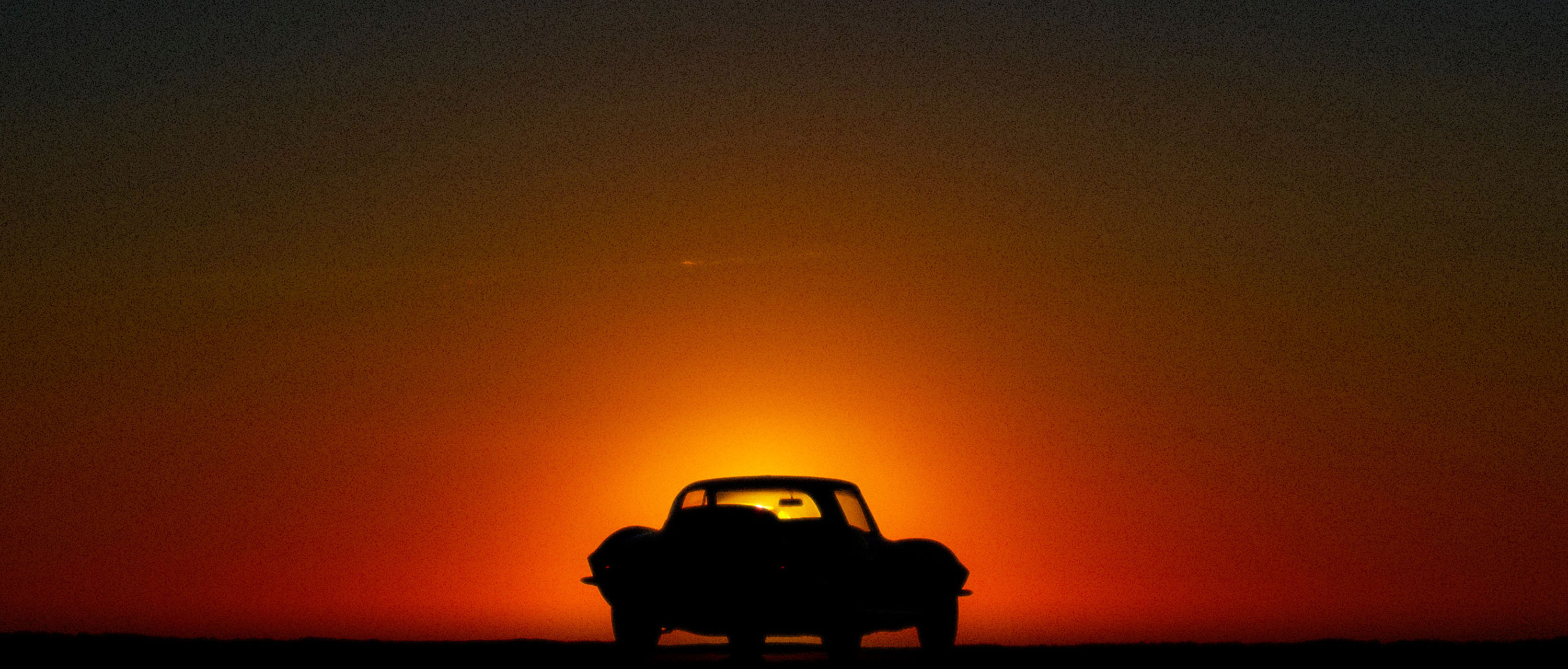Let’s look through the lens of talented photographer Andrew Miterko to get an exclusive look at what it takes to capture some of the most captivating moments of the legendary Mobil 1 12 Hours of Sebring.
Sebring from sunrise to sunset
Words and photos by: Andrew Miterko
The sky was still showing the cool gradient of pinks and purples of the sunrise, but with the sun already rising above the horizon, I knew it wouldn’t last long. Not a moment later, a steady string of GT cars came through the turn, and I proceeded to snap bursts of photos to capture a tack-sharp image of the cars while dragging the background of the photo into pinpoints of light and streaks against the quickly dissipating sunrise. A quick review of the screen showed exactly what I had envisioned not only at the turn, but just past it, where the bright burst of sunlight softened up the contrast in the image. At that moment, I was completely and hopelessly hooked.
In my opinion, Sebring has a handful of unique qualities that are unmatched by any other race in the IMSA calendar year. Daytona has towering banked turns that surround the course, along with a sense of prestige. It feels very modern, with its largely smooth blacktop surface, huge grandstands and beautiful garages for the teams to work in.
But Sebring… Sebring is raw. Much of the course is the original light-colored concrete from its origins as an air force base, stained black in the turns from decades of rubber and marred from splitters and underbody panels scraping the surface. There are no garages for teams to work out of—teams build their own tents and canopies in the concrete paddock off the side of the haulers. What Sebring does have is bumps. Its track surface is brutal and punishes suspension components, tires, and drivers. Its unofficial slogan of “Respect the bumps” should tell you everything about their severity.
Shooting an endurance race is as much a test of your physical and mental fitness as it is a test for the teams. I’ve learned my lesson in past years with too much gear, too little water, and overexertion on the first few days. Last year, I walked approximately 15 miles around the track with my photo bag weighing roughly 30 pounds, forgot to apply sunscreen, and shot nonstop until the end of the day.
At the end of my first day, I had a terrible sunburn, my feet were swollen to the point of looking like Mickey Mouse’s hands, and my knees were the size of footballs. I lay there shivering in my tent with a fever from too much sun. The next few days were brutal—I forced myself to persevere but vowed to be smarter for future races. Hydration tablets, electrolyte salt solutions, heavy duty sunscreen, and carrying only the essentials was the way forward, and I also vowed to purchase a moped or scooter to get around more efficiently.
Sebring also has hands down the best sunrise and sunset of any race in the IMSA circuit. I cannot be convinced otherwise. The straights at Sebring run east/west, which treats photographers and videographers to the spectacular glowing red sun and atmospheric haze at the end of the front straight.
Not long after, fans begin gathering at the entrances of pit lane, which becomes a sea of people as thousands of fans make their way up and down the grid to get up close to the cars and race teams they will be watching and cheering on for the next 12 hours.
As fans begin to clear out, teams line up in formation as the national anthem is played. Before long, the media scramble to get to their intended turns to capture the start. At 10:10 a.m., the green flag waves, and the entire pack of cars mash the accelerator flat as they rush toward the first turn. For the next 12 hours, I try to cover each turn from the inside and outside of the track, searching for opportunities to catch cars jockeying for position or to find different ways to use the light to shape the car and scene.
As sunset approaches around 7 p.m., it’s a mad dash to make the most of the good light. Many people gather at the east side of the track and train their lenses into the sun. Turn 1 is the classic Sebring sunset shot as the sun lights the pavement and the cars become silhouettes against the orange-red light. Turn 13 offers the same incredible light but filtered through the trees. As night falls, it’s all about glowing brake rotors and flames from the exhaust. After dark, the light-up palm trees at Turn 4 are a favorite for photographers to shoot through, as that section of the track is fairly dark in the absence of the sun.
As the last hour approaches, I always migrate to pit lane to capture the final pit stops and the crews intently watching the live broadcast and telemetry as the clock counts down. The final laps are where the race is won, and that’s when strategy is the most crucial. It’s also the time when the most intense emotion is shown by the crews, and when some of the most compelling photos and videos can be captured.
As the clock counts down toward zero, there’s a rush of excitement and anticipation that is hard to find elsewhere. No matter what, it’s always worth the aching muscles, the sunburn, the sore joints, and the lack of sleep. It’s the same pursuit of gaining a position or shaving seconds off of a lap time that drivers are in pursuit of that keeps us coming back year after year.
more voices


























